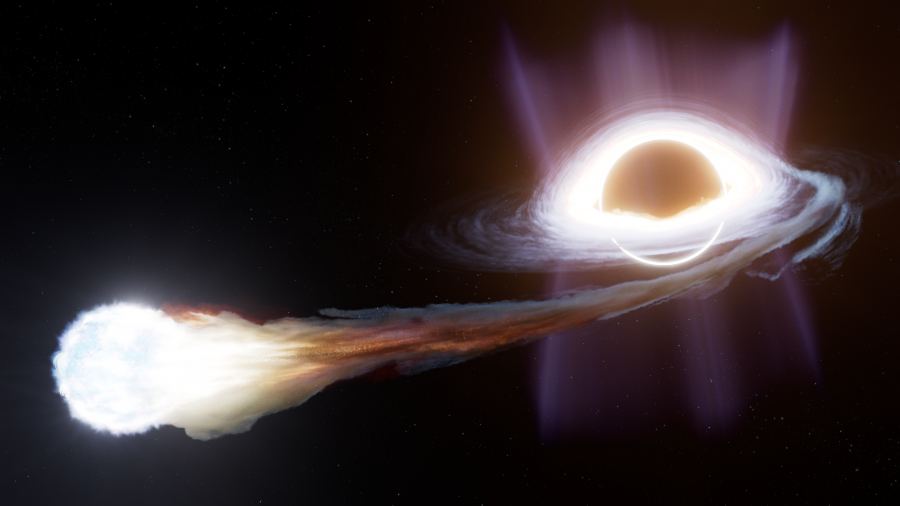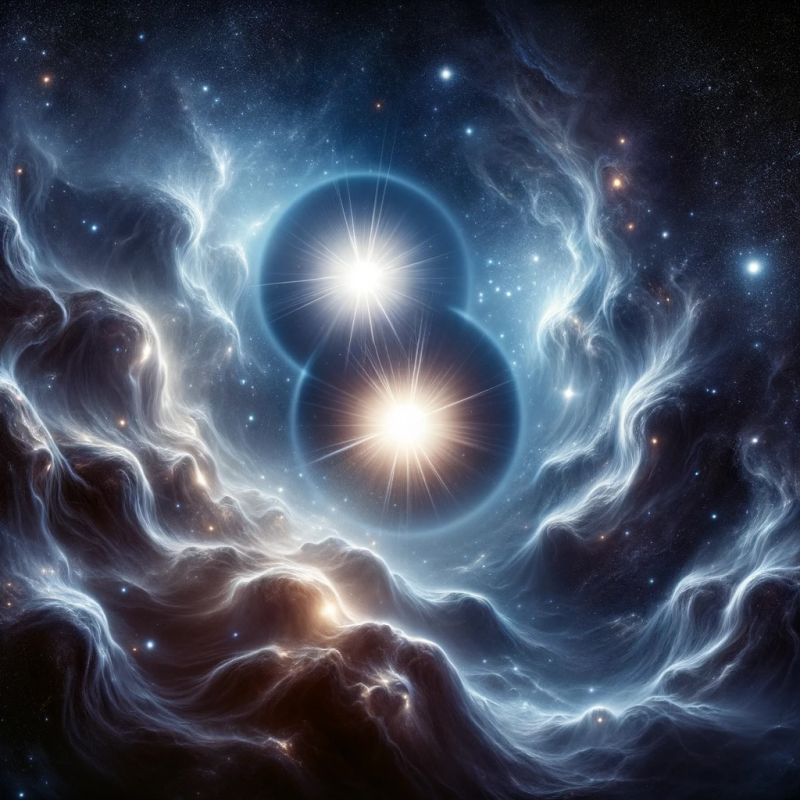
JUNE 10, 2024 BY CAROLYN COLLINS PETERSEN
Collected at : https://www.universetoday.com/167337/a-new-way-to-search-for-the-first-stars-in-the-universe/
Observing the earliest stars is one of the holy Grails of astronomy. Now, a team at the University of Hong Kong led by astronomer Jane Lixin Dai is proposing a new method for detecting them. If it works, the approach promises to open a window on the origin of the cosmos itself.
The earliest stars in the Universe formed very soon after the Big Bang. Astronomers call them “Population III” (or Pop III) stars. They’re different from the Sun and other stars in the modern cosmos for a variety of reasons. They formed mainly from the hydrogen and helium in the newborn cosmos. From there, they grew to outrageous sizes and masses very quickly. That growth had a price. Those stars had very short lives because they blew through their core fuels very quickly. However, fusion at their cores and the circumstances of their deaths created the first elements heavier than hydrogen and helium. Those new elements seeded the next generations of stars.

Population III stars were the Universe’s first stars. They were extremely massive, luminous stars, and many of them exploded as supernovae. Image Credit: DALL-E
So, why can’t we detect these early stellar behemoths? For one thing, they existed too far away, too early in history, and their light is very faint. That’s not to say they are undetectable. Astronomers just need advanced methods and technology to spot them.
How to “See” the First Stars
Professor Dai’s team just published a study that suggests a connection between these first stars and nearby black holes. In short, they looked at what happens when a Pop III star interacts with a black hole. Essentially, it gets torn to shreds and gobbled up. For example, the supermassive one at the heart of our Milky Way Galaxy—called Sagittarius A*— does this. It has a regular habit of ripping apart stars that wander too close. When such a tidal disruption event (TDE) happens, it releases huge amounts of radiation. If the same thing happens in another galaxy—no matter how far away—the light from the event is detectable. As it turns out these tidal disruption event flares have interesting and unique properties used to infer the existence of the ancient Pop III stars.

The alien star S0-6 is spiraling toward Sagittarius A*, the Milky Way’s central supermassive black hole. S0-6 likely came from another galaxy and it may get gobbled up or torn up by interactions with the supermassive black hole. Courtesy: Miyagi University of Education/NAOJ.
“As the energetic photons travel from a very faraway distance, the timescale of the flare will be stretched due to the expansion of the Universe. These TDE flares will rise and decay over a very long period of time, which sets them apart from the TDEs of solar-type stars in the nearby Universe,” said Dai.
In addition, the expansion of the Universe stretches the wavelengths of light from the flares, according to Dai’s colleague, Rudrani Kar Chowdhury. “The optical and ultraviolet light emitted by the TDE will be transferred to infrared emissions when reaching the Earth,” Chowdhury said. Those emissions are exactly the kind of light new generations of telescopes are built to observe.
Searching for First Stars with Advanced Telescopes
This detection method is right up the alley of the JWST and the upcoming Nancy Grace Roman telescopes. Both are optimized to sense dim, distant objects via infrared wavelengths. They should be able to search out the stretched light from those long-gone Pop III stars unfortunate enough to encounter a black hole. In particular, the Roman telescope will use its wide-field instrument to gather the faint infrared light from stars born at the earliest epochs of cosmic time.
Astronomers generally accept that these first stars formed perhaps as early as a hundred million years after the Big Bang. That’s when overly dense regions filled with hydrogen and helium began to experience gravitational collapse. The stars that formed in those first birth crèches were purely hydrogen and helium—in other words, they were “metal-free”. They lived perhaps a few million years before exploding as cataclysmic supernovae. (By comparison, the Sun has existed for some 4.5 billion years and has another few billion years left before it becomes a red giant and then a white dwarf.) The heavier elements created inside those first stars got blasted out to space, enriching the nearby molecular clouds with infusions of carbon, oxygen, nitrogen, and other elements. Some of the largest first stars could have collapsed directly to form black holes.
Finding these first stars and their emitted light (particularly from possible interactions with early black holes) will give astronomers amazing insight into conditions in the early Universe. Even though those stars are long gone, JWST, Roman, and other telescopes can look back in time and see their dim, infrared light. If Dai’s method works, those telescopes could be responsible for the discovery of tens of Pop III stars each year.
For More Information
HKU Astrophysicists Discover a Novel Method for Hunting the First Stars
Detecting Population III Stars through Tidal Disruption Events in the Era of JWST and RomanNancy Grace Roman Space Telescope

Leave a Reply